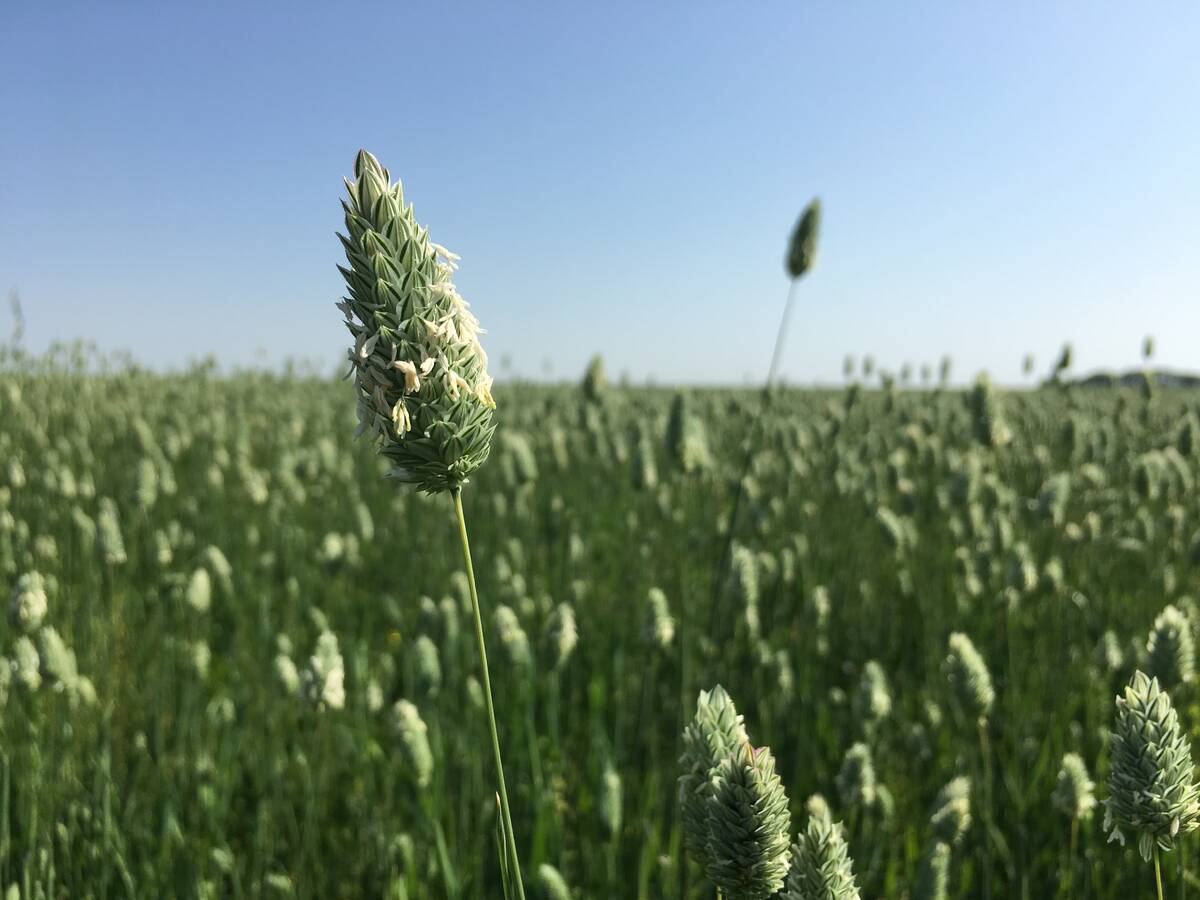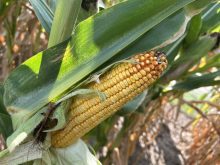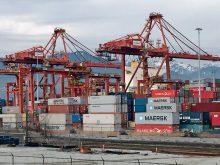Canola crushers are facing another bad year in which their facilities
will be severely underused.
“As a crusher, you’ve got to be concerned,” said analyst Nolita Clyde,
who writes the canola/rapeseed report for Statcom Ltd.
Canadian crushers, who can process about four million tonnes of canola
seed per year, got their hands on only three million tonnes during the
last year. That means they were running at 75 percent capacity.
“It’s hard to cover your costs at that rate,” said Clyde. “It’s not how
Read Also

No special crop fireworks expected
farmers should not expect fireworks in the special crops market due to ample supplies.
you make money.”
Statcom said the 2002 crop could easily fall between 4.9 million tonnes
and 5.3 million tonnes.
The 4.9 million tonne estimate is based on losing 10 percent of seeded
acres in Saskatchewan, three percent in Alberta and zero in Manitoba.
The estimate assumes average yield losses of 18.5 percent in
Saskatchewan, six percent in Alberta and zero percent in Manitoba,
compared to the five year average.
The 5.3 million tonne estimate is based upon an acreage loss of five
percent in Saskatchewan and a yield loss of 10 percent. No losses were
assumed in Alberta or Manitoba.
Statcom’s official estimate is 5.1 million tonnes, but Clyde said that
could easily fall below 4.9 million tonnes if there is less than normal
rainfall this summer.
“We could have a serious crop disaster on our hands,” said a June 5
Statcom report.
“We believe that even our more pessimistic scenario is actually fairly
conservative because both area and yield losses could exceed these
levels.”
That scenario would support prices, but would offer little help to the
crushers, who make their money on volumes.
Canola Council of Canada president Barb Isman said crushers and
exporters are worried about having to fight for another small crop.
“It’s bad for the whole complex,” she said.
But with oilseed complex prices strengthening in general, crushers may
be able to squeeze better profit margin out of the supplies.
“That’s a small positive,” said Isman.
“It won’t outweigh the problems with production, but it’s better to
have a short crop with a higher price than a short crop with a low
price.”















